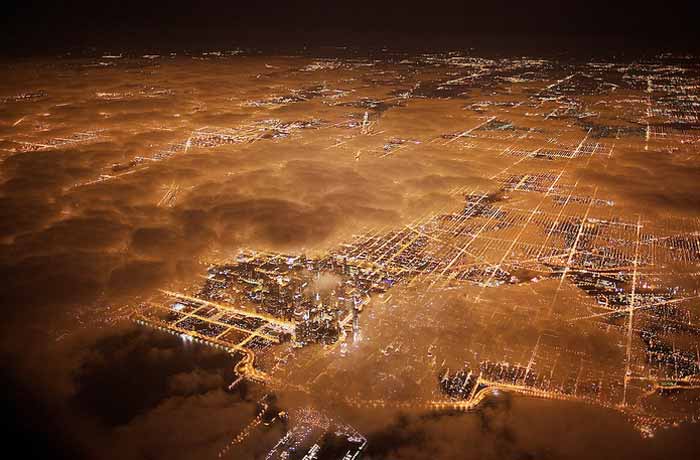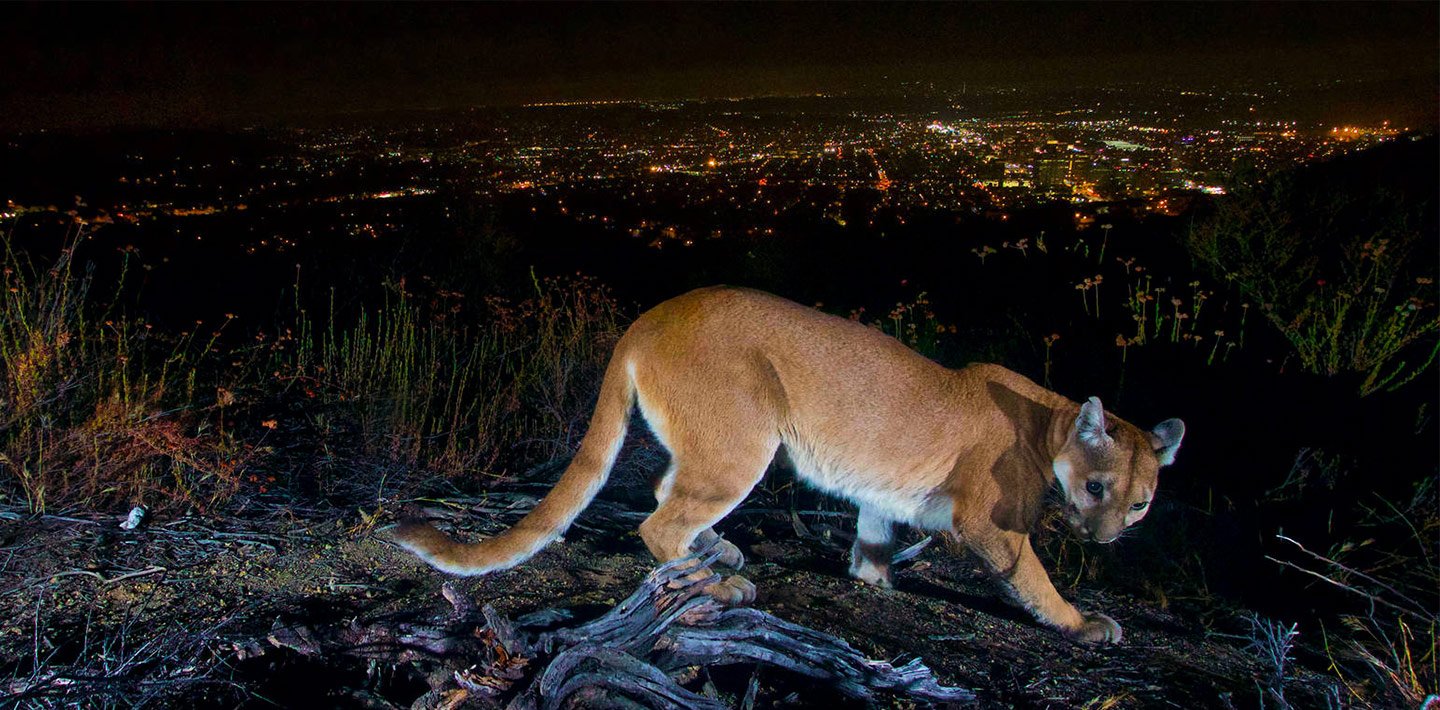
5 Species Threatened by Light Pollution

5. Sea Turtles

Sea turtles live in the ocean but hatch on the beach at night. Hatchlings find their way to the sea by detecting the bright horizon over the ocean. Artificial lights can draw them away from the sea, stranding them on land where they’re vulnerable to dehydration, predators, and cars. In Florida alone, millions of hatchlings die this way every year.
4. Fireflies

These magical creatures have been disappearing across the globe. Scientists agree that the loss of habitat and light pollution are partly to blame. Studies have shown that artificial light interferes with the light male fireflies create to attract their mates – meaning less fireflies are born each year. Chances are if it is too bright to see many stars, you won’t be seeing any fireflies either.
3. Atlantic salmon

Artificial light can change the natural migration patterns of salmon. Researchers compared the migration of young Atlantic salmon under natural light conditions with those under artificial street lighting. Under natural light, the salmon’s migration correlated with sunset. Under street lighting, their migration was random. The researchers concluded that the disruption of salmon’s migratory behavior could threaten their chances of survival.
2.Tree Frogs

Frog populations worldwide are in decline due to a variety of environmental stressors. As many frog species are nocturnal, they are especially susceptible to harm from light pollution. Scientists have also discovered that artificial light influences the mating call of many species of tree frogs. In areas that are highly lit, male tree frogs stop or lessen their mating call. And if the males aren’t calling, the females aren’t reproducing.
1. Monarch Butterflies

The monarch is the only butterfly known to make a two-way migration like birds. They use a sophisticated navigation system to guide them in their journey south for the winter. Research has shown that that exposure to artificial light can disrupt their navigation system, disorienting them from their migration routes.
You Can Make a Difference!
Thankfully, light pollution is an easy problem to solve! Make sure that all your outdoor lighting is shielded and that you use lighting with a lower color temperature. Learn how you can help.

















